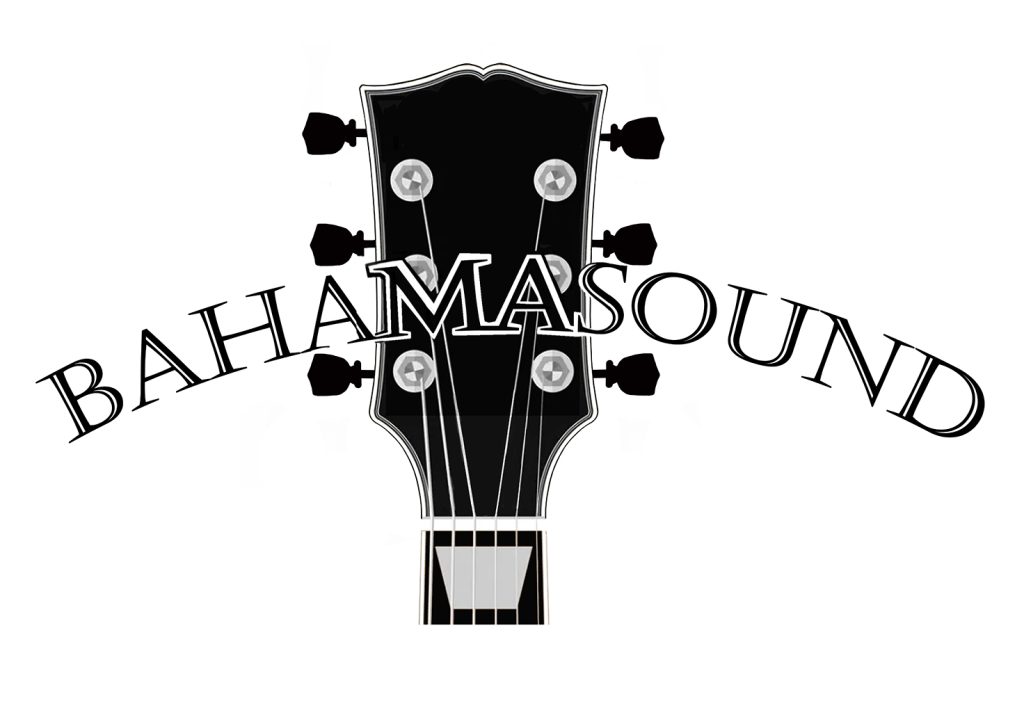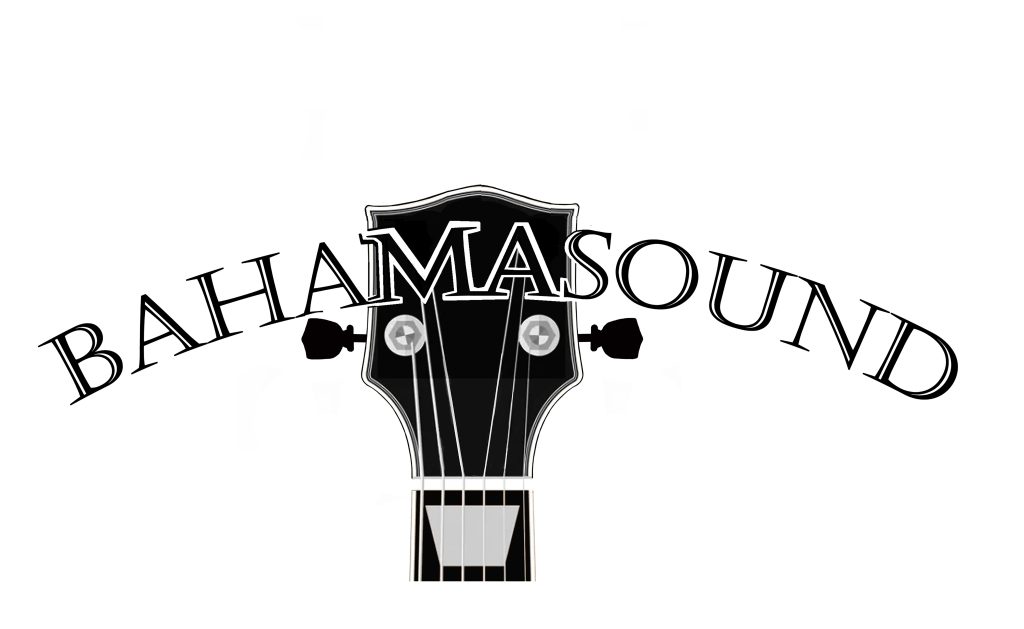Bahama Sound Blog
WHAT GUITAR “RESONANCE” MEANS
Shop BAHAMASOUND CUSTOM GUITARS
What “Resonance” Means in a Guitar
Resonance is how the guitar’s body and air cavity vibrate sympathetically with the strings.
When you pluck a string:
The vibration transfers through the bridge to the soundboard (top).
The soundboard and body vibrate, amplifying certain frequencies and dampening others.
The result is the instrument’s unique “voice”aka tone color, sustain, projection, and warmth.
Experimenting With Woods (“Tonewoods”)
Different woods resonate differently, depending on their density, stiffness, and internal damping.
Guitar Part Common Woods Experimentation Focus
Soundboard (top) Sitka spruce, cedar, mahogany Makers test how thin they can make the top before losing structural strength; thinner tops vibrate more freely and give a warmer, louder sound.
Back and Sides Rosewood, maple, mahogany These reflect or absorb sound. Rosewood gives deep bass resonance; maple is bright and quick; mahogany is mid-focused.
Neck & Fingerboard Mahogany, maple, ebony Affect sustain and attack; denser necks can increase brightness and sustain.
Top Thickness and Bracing Design
The soundboard bracing (the pattern of wooden struts under the top) is critical. It balances strength with flexibility.
Traditional and Experimental Bracing:
X-Bracing (Martin-style): Classic steel-string design. Balances bass and treble.
Fan Bracing (used in classical guitars): Enhances warmth and responsiveness for nylon strings.
Lattice Bracing (Greg Smallman): A grid pattern that gives massive projection and sustain.
Double Top or “Sandwich” Tops: Two thin wood layers with a Nomex or balsa core, lighter and more resonant.
Radial or Modified Bracing: Some luthiers (e.g., Ervin Somogyi) tune the braces asymmetrically to shape the tone response of different frequency bands.
Luthiers “tap tune” the top — literally tapping and listening to how it rings, then carve braces or thin the top until the resonances fall into desired pitch ranges.
Manipulating Body Resonance
Each guitar body has air resonances (Helmholtz resonance) and wood resonances.
Helmholtz resonance: The air inside the body vibrates like blowing across a bottle’s mouth. Its pitch depends on the volume of the body and the size of the sound hole.
Smaller sound holes → lower resonance (deeper bass)
Larger sound holes → higher resonance (brighter sound)
Builders can shift the air resonance to complement the lowest string frequencies, avoiding “wolf tones” or dead spots.
Scientific Tools and Acoustic Measurements
Modern builders often use science to refine resonance:
Chladni patterns: Sprinkle sand or glitter on the guitar top, then vibrate it to visualize nodal lines (places that don’t move). This shows how the top vibrates and helps balance the stiffness.
Frequency spectrum analysis: Use microphones and FFT software to see which frequencies are strongest.
Modal analysis: High-tech mapping of how each part of the guitar vibrates.
Laser vibrometry: Non-contact scanning of surface vibration.
This helps luthiers tune tops and backs to desired resonance “modes.”
Alternate Materials and Modern Experiments
Carbon fiber or composite guitars (e.g., RainSong, Emerald): Consistent resonance unaffected by humidity.
Torrefied wood: Wood that’s heat-treated to mimic aged tone, increasing resonance and reducing damping.
Multi-scale / fanned-fret guitars: Adjust string tension balance, affecting resonance distribution across registers.
Double-body or “resonance chambers”: Some high-end luthiers use floating backs or internal soundposts to enhance low-end resonance.
Player Feedback Loops
Resonance isn’t just measured, it’s felt:
A well-tuned guitar vibrates noticeably against the player’s body.
Luthiers often let experienced musicians test prototypes and describe how the instrument “breathes” or “responds.”
That sensory feedback is part of how makers fine-tune resonance by hand, beyond what scientific instruments can measure.
Summary
Guitar resonance depends on:
The materials (wood or composite),
The construction design (body size, bracing, thickness),
The air cavity shape and sound hole size,
And the craftsmanship & how the builder “tunes” those elements to vibrate in harmony.
In essence, every experiment with resonance is about finding the perfect balance between strength, flexibility, and vibrational freedom, so the guitar sings.
BAHAMASOUND CUSTOM GUITARS, POWDER SPRINGS, GA – USA



